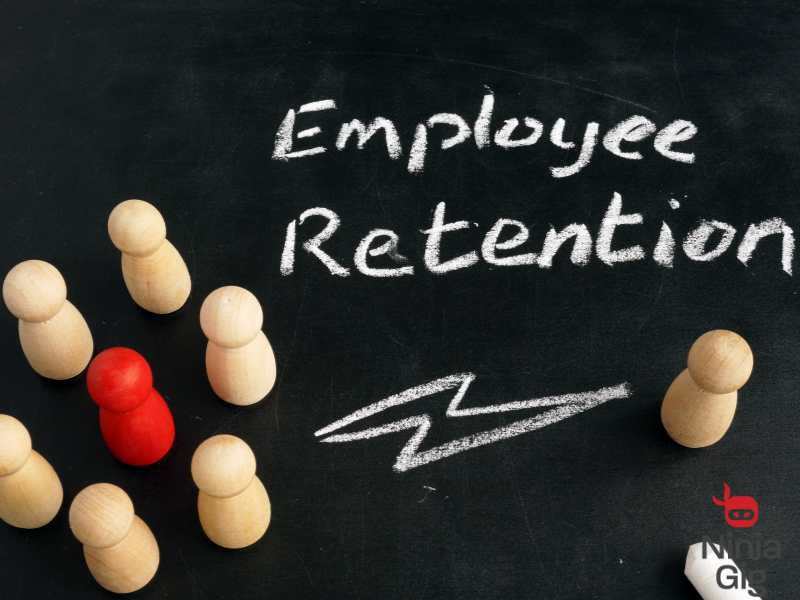Employee retention is always a hot topic among HR managers these days. As professionals are afforded many opportunities of where they want to work or establish a career, having top talent on your staff is one thing, keeping them part of your staff is certainly another. And in the midst of COVID-19, it’s becoming a challenge to retain employees, especially if you need them to reduce their work from home hours and come back into the office.
Sapling, a provider of on-boarding and HR software, recently reported a series of best employee retention practices for HR professionals. While some points are common HR knowledge, others will be a great addition to your arsenal of retention tools.
Create New Hire Retention
Ever have a new employee leave shortly after they were hired? There are a few reasons why and “employees who experienced a poor onboarding experience” is one of them. Sapling states that creating an efficient on-boarding process right from when they are hired is essential to ensuring a new employee stays for a longer-term. In fact, companies that have a proven on-boarding process improved their new hire retention by 82 percent.
Update Compensation Plans Regularly
It’s in anyone’s nature “to follow the money and benefits.” Sapling reported that a competitive compensation package is the most attractive factor when candidates are considering a new job. So, if your company isn’t adjusting or “sweetening the compensation plan” regularly, you could more than likely lose out on the talent you want. On the other hand, reports also show that some employees would accept less pay if they could continue to work from home part-time. Review your company’s work-from-home policies and see how you can improve on them.
Establish Career Paths and Development
It’s common for employees to “move on” for career advancement. So, it’s important to explain and demonstrate to employees that they may have an opportunity for growth in your company. As an HR professional, map out a career path and help them get there through employee development opportunities. This not only helps your company surpass a skills gap, but allows candidates to move into key leadership roles when they become available.
Reexamine Benefits and “Perks”
It was also revealed that employees “would switch to a job that allows them flextime, while 37 percent would switch to a job that allows them to work off-site at least part of the time.” In other words, (and it may vary from company to company) most people would appreciate a better work-life balance, especially after the pandemic.
There’s enough competition just to find and hire a qualified employee with the ideal skill set. Retaining can them can almost be as difficult. This means re-establishing your best retention practices and enhancing the employee experience in your organization.
By signing up with Ninja Gig, companies easily promote openings using online employment applications. Online job applications make it easy for qualified applicants to apply. Sign up now for your free trial and get your online job applications in front of potential candidates now.

